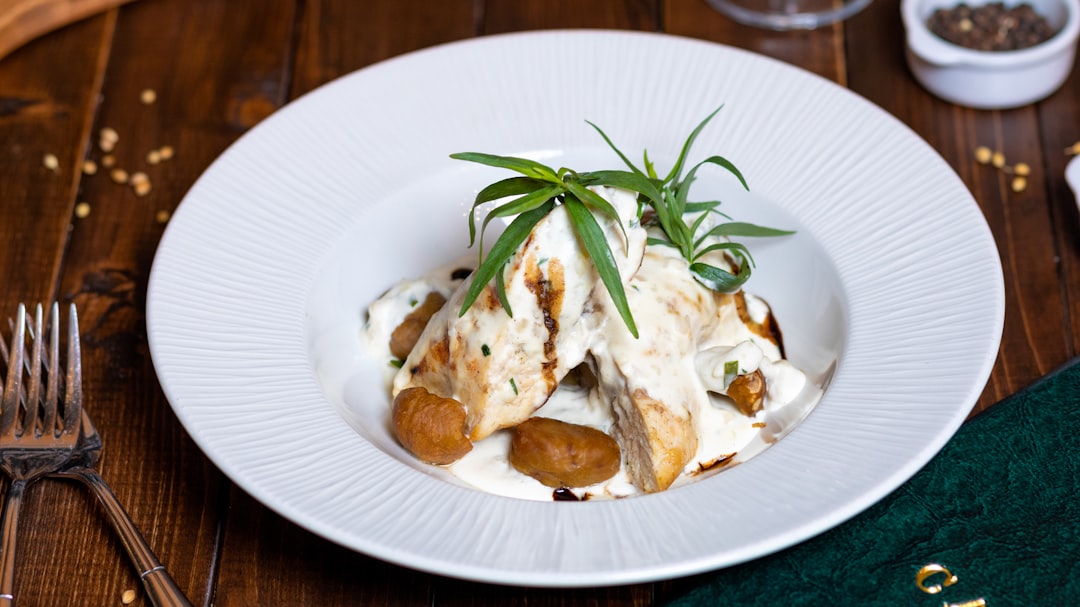
The Culinary Journey: The History of Famous Dishes Around the World.
# Introduction. Food is far more than just sustenance; it tells the story of human culture, geography, and history. Each famous dish carries the weight of its origin, reflecting the lives and traditions of its people. From street foods to gourmet creations, the history of these dishes weaves a rich tapestry of cultural evolution. Whether it's the rise of pasta in Italy or the global journey of sushi, this blog post delves into the fascinating history of some renowned dishes that have conquered palates around the world. # The Birth of Pizza: From Flatbreads to Global Phenomenon. Although pizza is often associated with Italy, its origins can be traced back to ancient civilizations that used flatbreads as a base for various toppings. The earliest evidence of a 'pizza-like' dish dates back to the Greeks around 500 B.C. However, the modern pizza as we know it emerged in Naples during the late 18th century when tomatoes from the Americas were added to flatbreads. This combination gave rise to the Margherita pizza, named after Queen Margherita of Savoy, and soon became a staple. Its popularity steadily grew, eventually leading to the global pizza chains we know today. # Sushi: A Tradition Rooted in Preservation. Sushi has a long and intricate history dating back to ancient Southeast Asia, around the 8th century. Initially, sushi was a method of preserving fish by fermenting it with rice. The rice was discarded after fermentation, and the preserved fish was consumed. It wasn't until the Edo period in Japan (1603-1868) that sushi evolved into what we recognize today, with the introduction of nigiri sushi—fresh fish served atop vinegared rice. The growing export of sushi beyond Japan has led to diverse interpretations worldwide, resulting in various forms like California rolls, yet the traditional art lingers on, cherished by connoisseurs. # Tacos: A Culinary Symbol of Mexican Heritage. The taco, recognized around the world as a hallmark of Mexican cuisine, has roots deep in the ancient Maya and Aztec civilizations, where indigenous people wrapped food in corn tortillas. These early versions consisted of various fillings, including fish, insects, and vegetables. Tacos became more firmly established in the 19th century when Mexican miners introduced them into the United States. Today, the taco comes in countless variations, from street-style goodies filled with al pastor to gourmet versions served in high-end restaurants, showcasing the adaptability and enduring nature of this iconic dish. # The Global Impact of Curry: An Indian Delight. Curry is a dish that has transcended borders and transformed itself in different cultures over centuries. Originating from the Indian subcontinent, curry originally referred to a sauce made from various spices. The British exposure to Indian cuisine during colonial times led to the popularization of curry in the West, leading to dishes like Chicken Tikka Masala, which is now adored in Europe as a kind of national dish! Meanwhile, curry has also gained distinct identities in Thailand or Japan, each country meticulously adding its local flavors to this versatile dish. # Pasta: From Ancient Grains to Italian Masterpiece. Pasta, primarily associated with Italy, has an extensive and somewhat contested history. While many believe it was first conceived by the Italians, some evidence suggests that pasta-like dishes emerged in ancient China and the Mediterranean region long before. The first recorded mention of pasta in Italy occurs in the 12th century, with various shapes and preparations evolving over time. The 19th century saw pasta transform into a beloved national staple, which later traveled to America with immigrants. Today, it remains at the heart of Italian cuisine and is celebrated worldwide. # Chocolate: An Ancient Treat Evolving Over Time. Chocolate traces its roots back to the ancient civilizations of Mesoamerica, particularly the Olmecs and then the Maya and Aztecs, who revered cacao beans. However, chocolate in liquid form was vastly different from today’s sweet treats—it was often brewed with spices and consumed as a bitter beverage. The introduction of chocolate to Europe in the 16th century revolutionized it, as sugar was added, creating a new delicacy for the elite. The Industrial Revolution further transformed chocolate production, leading to the creation of bars, truffles, and numerous confectionery delights we enjoy today. # Conclusion. The history of famous dishes is a narrative woven with traditions, cultural exchanges, and the quest for culinary excellence. Each dish, whether locally rooted or globally traveled, connects people through shared flavors and stories. As we explore these tastes, it becomes evident that every meal brings with it a history worth remembering—a beautiful blend of flavors, cultures, and the souls behind their creation. .






